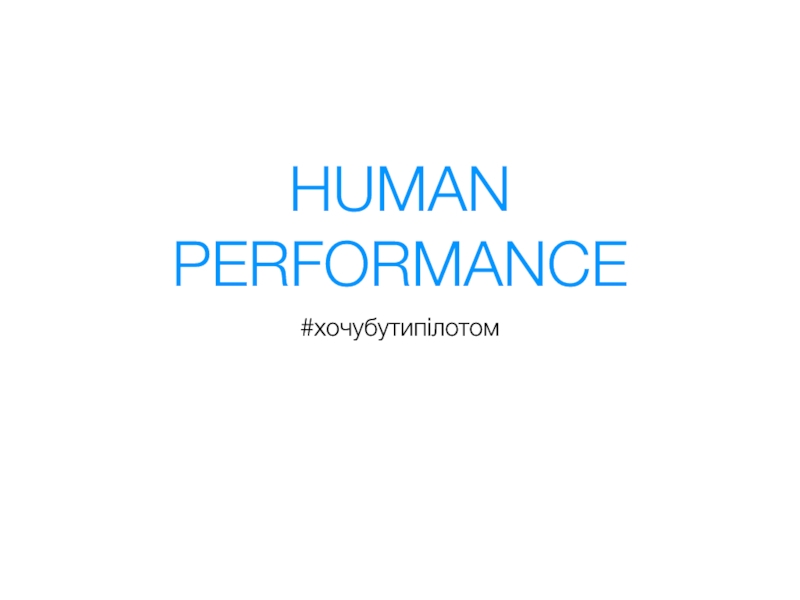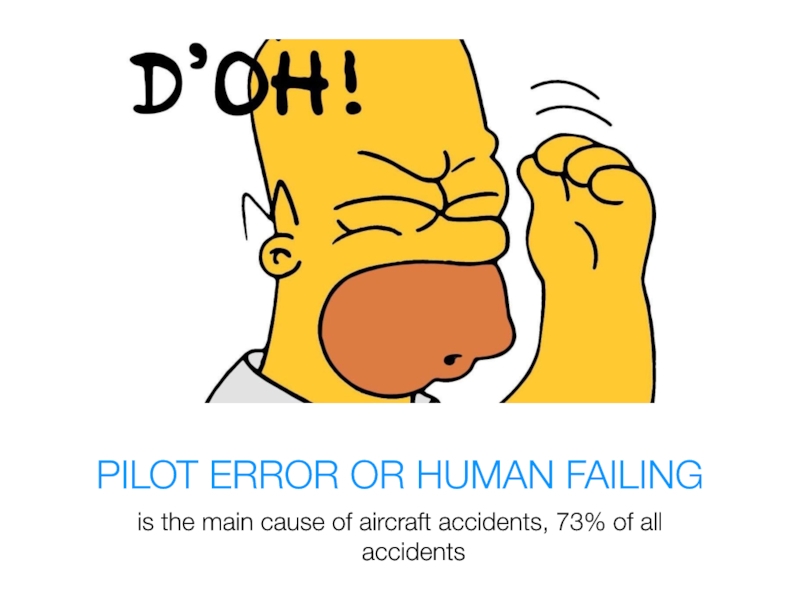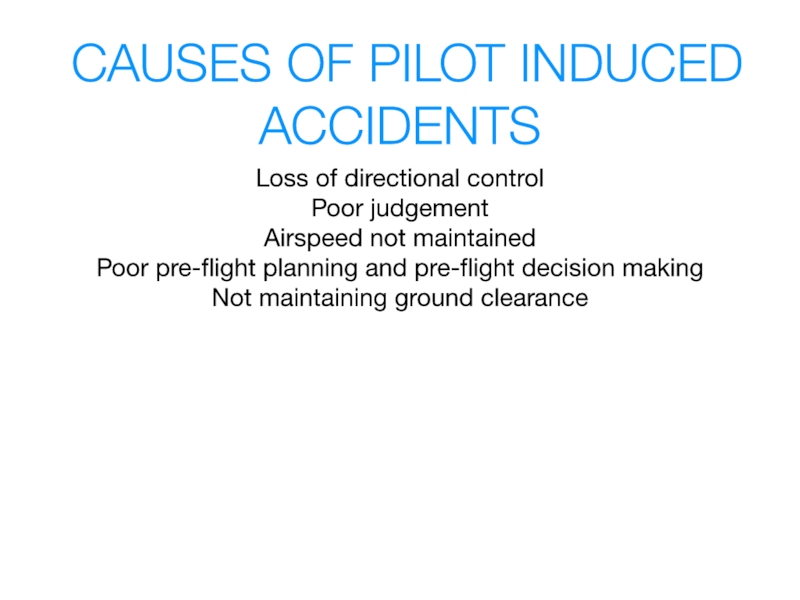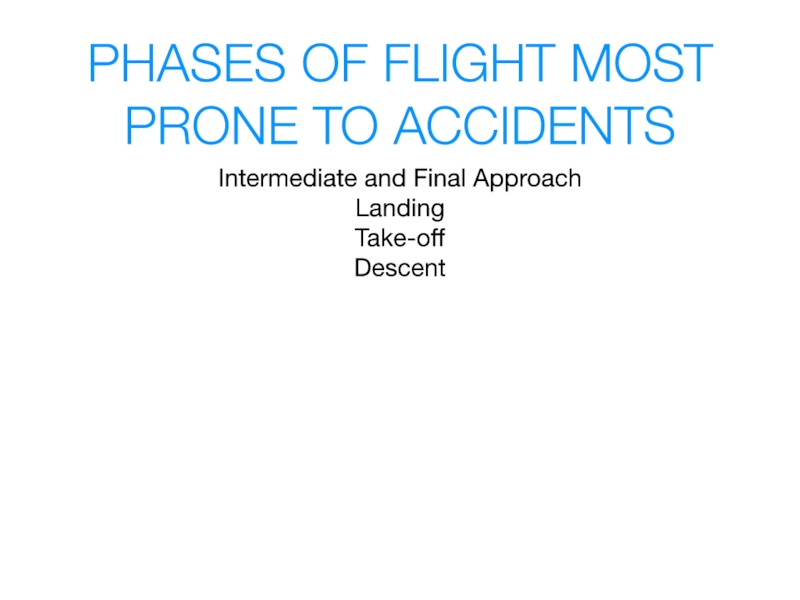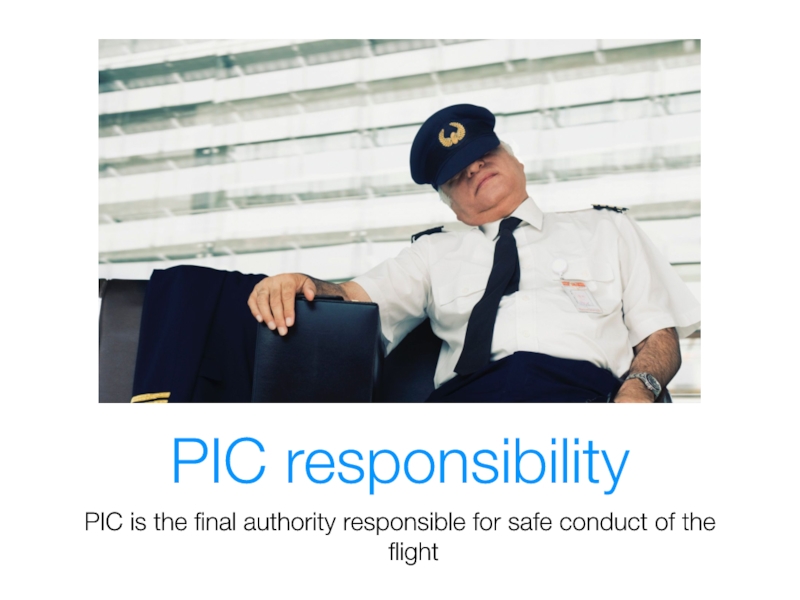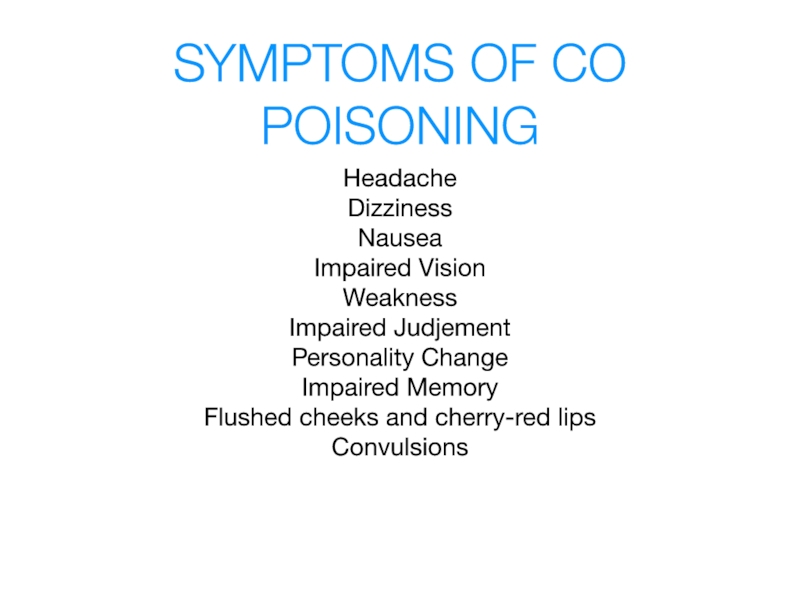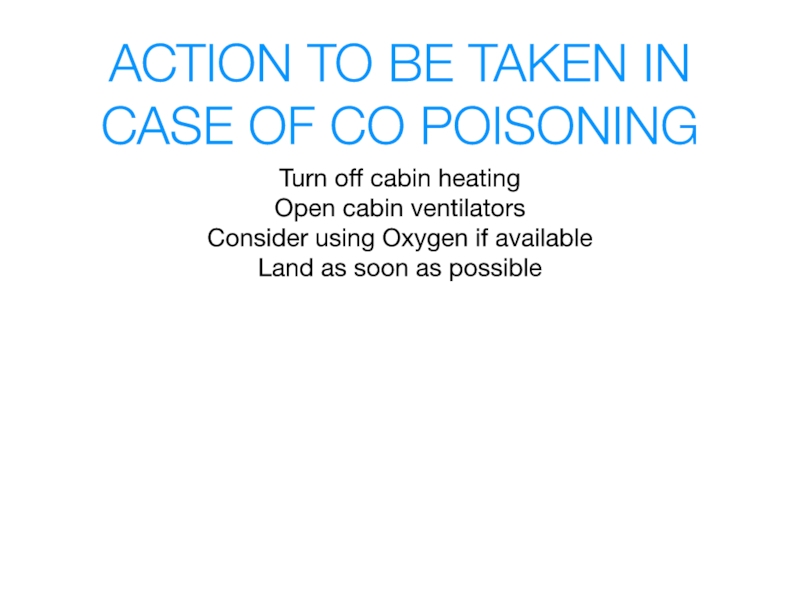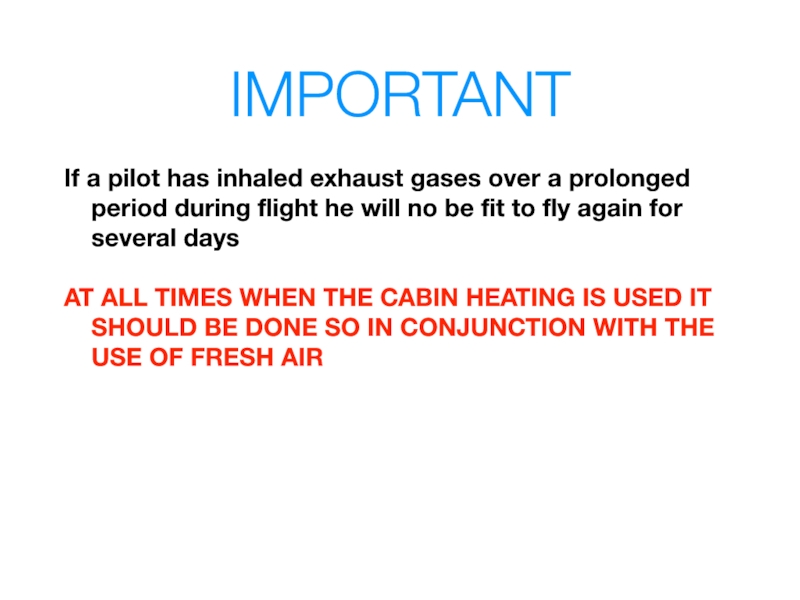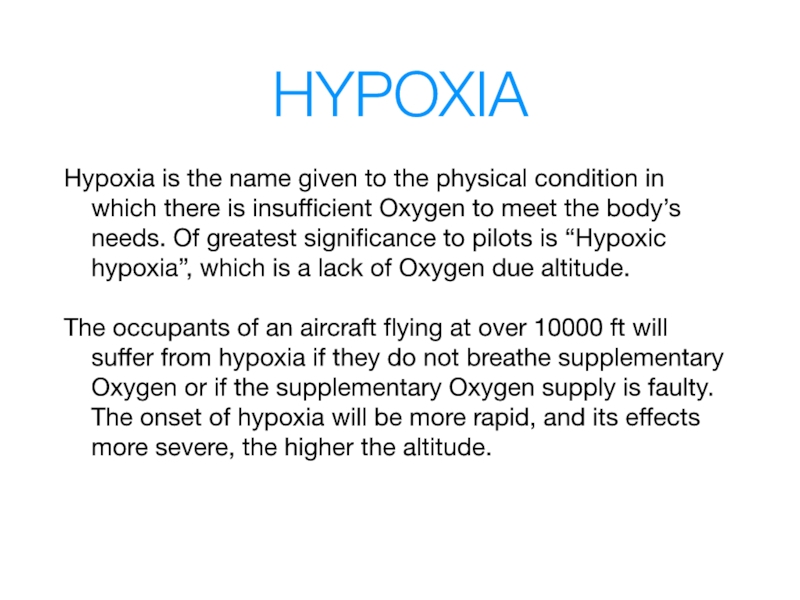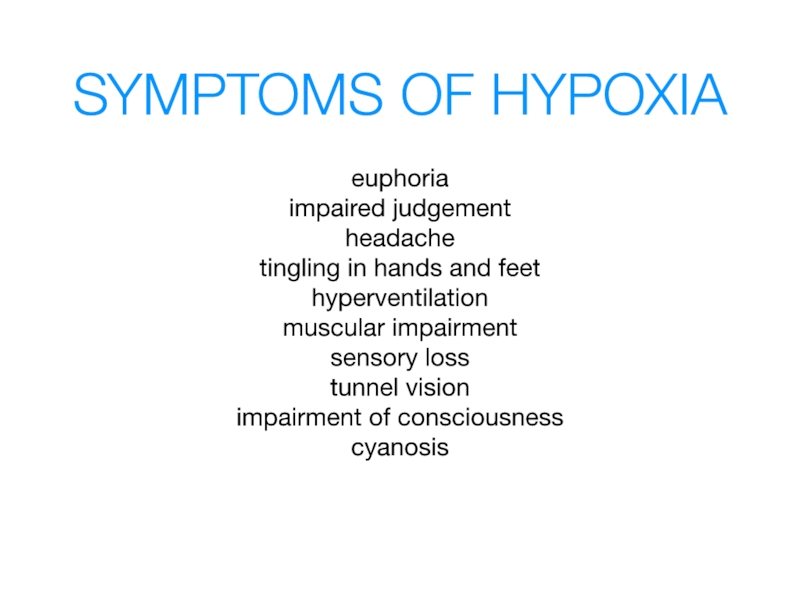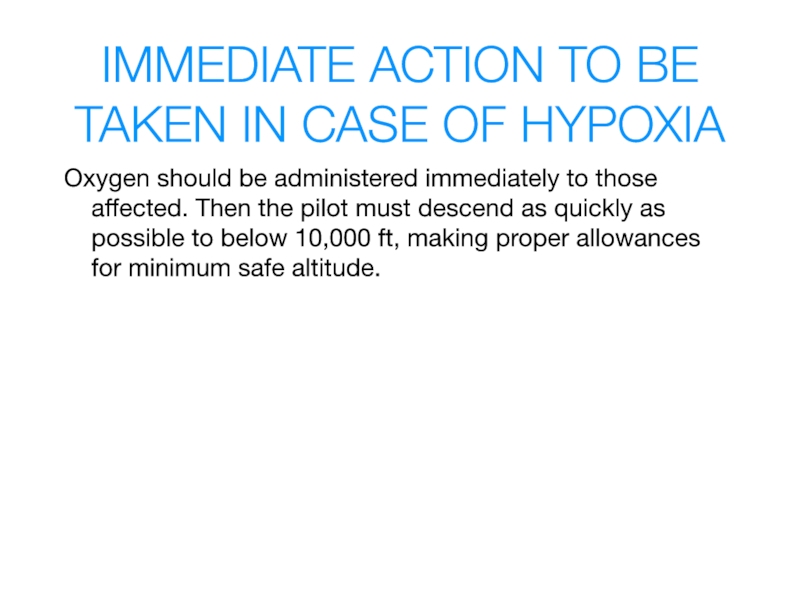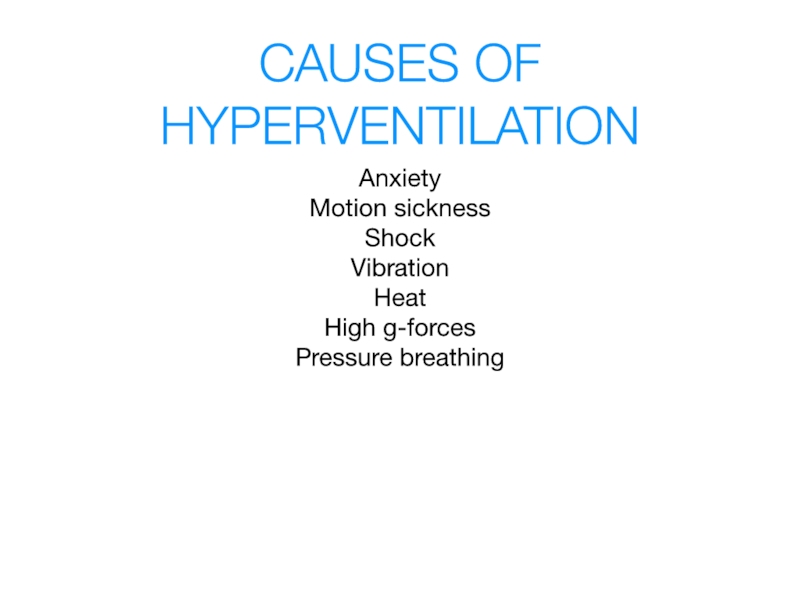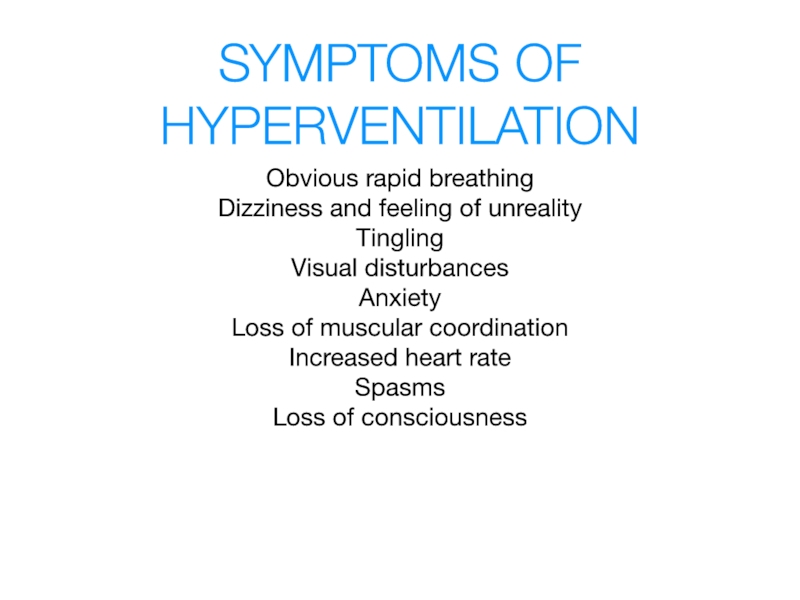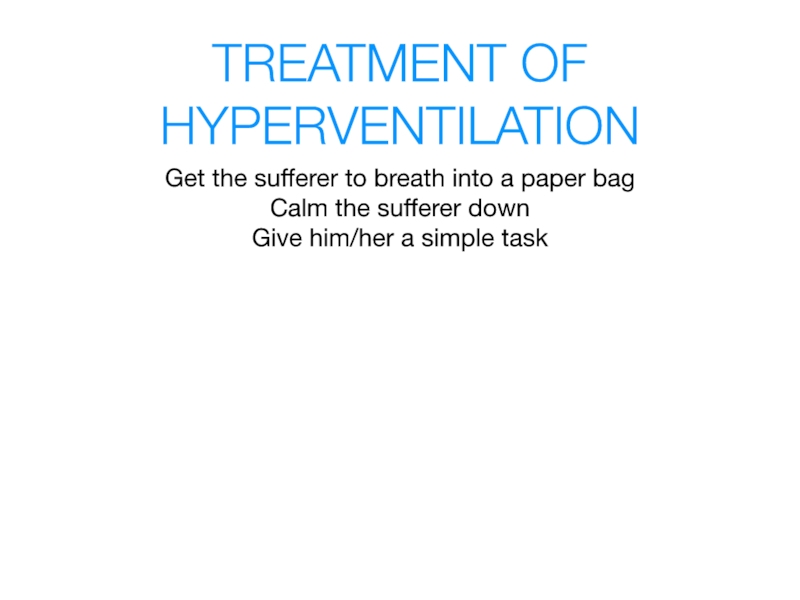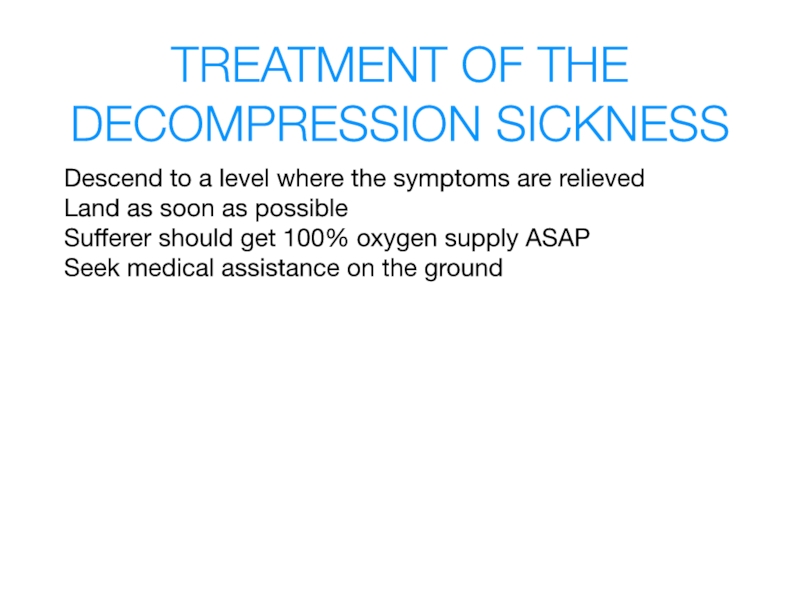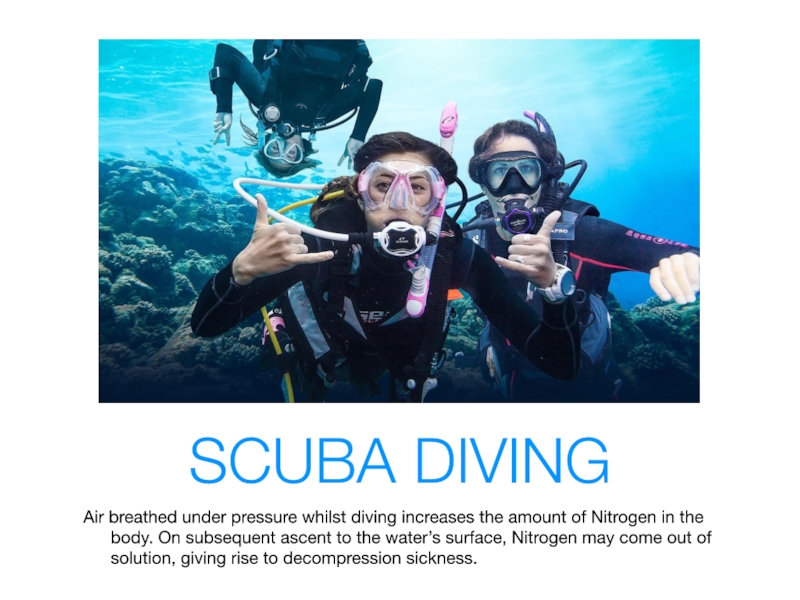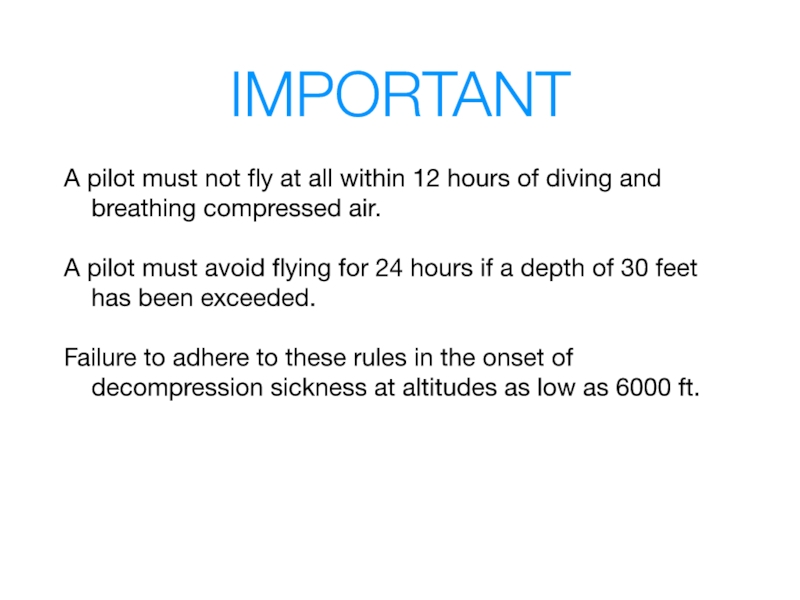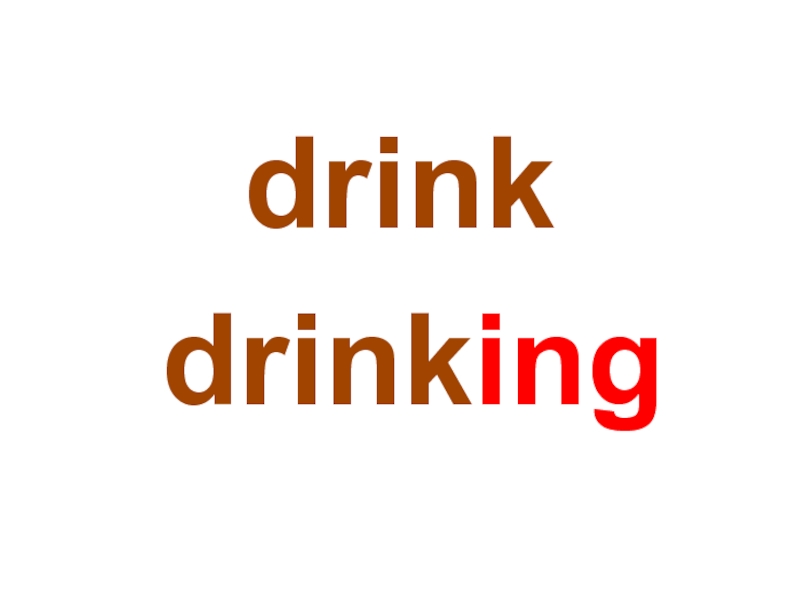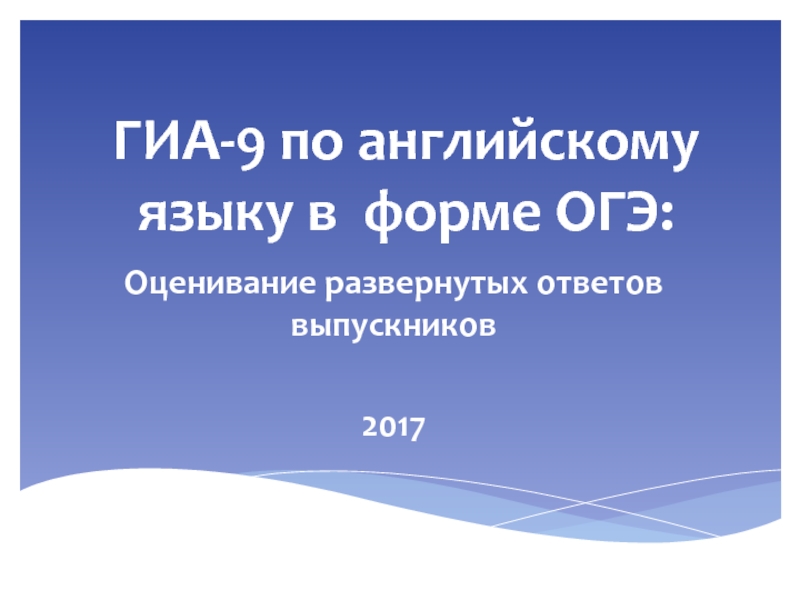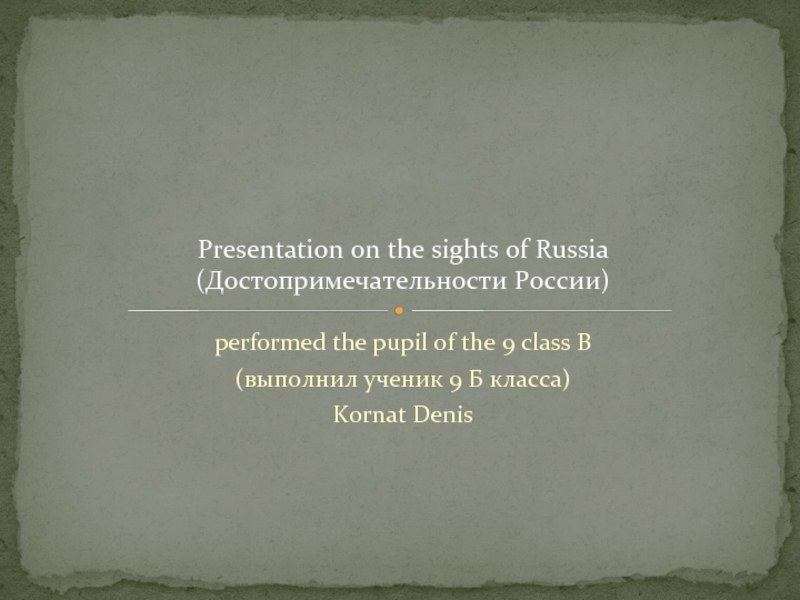- Главная
- Разное
- Дизайн
- Бизнес и предпринимательство
- Аналитика
- Образование
- Развлечения
- Красота и здоровье
- Финансы
- Государство
- Путешествия
- Спорт
- Недвижимость
- Армия
- Графика
- Культурология
- Еда и кулинария
- Лингвистика
- Английский язык
- Астрономия
- Алгебра
- Биология
- География
- Детские презентации
- Информатика
- История
- Литература
- Маркетинг
- Математика
- Медицина
- Менеджмент
- Музыка
- МХК
- Немецкий язык
- ОБЖ
- Обществознание
- Окружающий мир
- Педагогика
- Русский язык
- Технология
- Физика
- Философия
- Химия
- Шаблоны, картинки для презентаций
- Экология
- Экономика
- Юриспруденция
Human performance презентация
Содержание
- 1. Human performance
- 2. PILOT ERROR OR HUMAN FAILING is the
- 3. CAUSES OF PILOT INDUCED ACCIDENTS Loss of
- 4. PHASES OF FLIGHT MOST PRONE TO ACCIDENTS Intermediate and Final Approach Landing Take-off Descent
- 5. PIC responsibility PIC is the final authority responsible for safe conduct of the flight
- 6. CARBON MONOXIDE POISONING Harmful to tissues and organs
- 7. SYMPTOMS OF CO POISONING Headache Dizziness Nausea
- 8. ACTION TO BE TAKEN IN CASE OF
- 9. IMPORTANT If a pilot has inhaled exhaust
- 10. CO DETECTORS
- 11. HYPOXIA Hypoxia is the name given to
- 12. SYMPTOMS OF HYPOXIA euphoria impaired judgement headache
- 13. IMMEDIATE ACTION TO BE TAKEN IN CASE
- 14. HYPERVENTILATION Hyperventilation may be simply defined as
- 15. CAUSES OF HYPERVENTILATION Anxiety Motion sickness Shock Vibration Heat High g-forces Pressure breathing
- 16. SYMPTOMS OF HYPERVENTILATION Obvious rapid breathing Dizziness
- 17. TREATMENT OF HYPERVENTILATION Get the sufferer to
- 18. DECOMPRESSION SICKNESS Under atmospheric conditions, at the
- 19. SYMPTOMS OF DECOMPRESSION SICKNESS Rheumatic pains in
- 20. TREATMENT OF THE DECOMPRESSION SICKNESS Descend to
- 21. SCUBA DIVING Air breathed under pressure whilst
- 22. IMPORTANT A pilot must not fly at
- 23. KNOWLEDGE MAKES CONFIDENCE #хочубутипілотом
- 24. Розклад дня 08:30 - Реєстрація учасників. 317
Слайд 3CAUSES OF PILOT INDUCED ACCIDENTS
Loss of directional control
Poor judgement
Airspeed not maintained
Poor
pre-flight planning and pre-flight decision making
Not maintaining ground clearance
Not maintaining ground clearance
Слайд 4PHASES OF FLIGHT MOST PRONE TO ACCIDENTS
Intermediate and Final Approach
Landing
Take-off
Descent
Слайд 7SYMPTOMS OF CO POISONING
Headache
Dizziness
Nausea
Impaired Vision
Weakness
Impaired Judjement
Personality Change
Impaired Memory
Flushed cheeks and cherry-red
lips
Convulsions
Convulsions
Слайд 8ACTION TO BE TAKEN IN CASE OF CO POISONING
Turn off cabin
heating
Open cabin ventilators
Consider using Oxygen if available
Land as soon as possible
Open cabin ventilators
Consider using Oxygen if available
Land as soon as possible
Слайд 9IMPORTANT
If a pilot has inhaled exhaust gases over a prolonged period
during flight he will no be fit to fly again for several days
AT ALL TIMES WHEN THE CABIN HEATING IS USED IT SHOULD BE DONE SO IN CONJUNCTION WITH THE USE OF FRESH AIR
AT ALL TIMES WHEN THE CABIN HEATING IS USED IT SHOULD BE DONE SO IN CONJUNCTION WITH THE USE OF FRESH AIR
Слайд 11HYPOXIA
Hypoxia is the name given to the physical condition in which
there is insufficient Oxygen to meet the body’s needs. Of greatest significance to pilots is “Hypoxic hypoxia”, which is a lack of Oxygen due altitude.
The occupants of an aircraft flying at over 10000 ft will suffer from hypoxia if they do not breathe supplementary Oxygen or if the supplementary Oxygen supply is faulty. The onset of hypoxia will be more rapid, and its effects more severe, the higher the altitude.
The occupants of an aircraft flying at over 10000 ft will suffer from hypoxia if they do not breathe supplementary Oxygen or if the supplementary Oxygen supply is faulty. The onset of hypoxia will be more rapid, and its effects more severe, the higher the altitude.
Слайд 12SYMPTOMS OF HYPOXIA
euphoria
impaired judgement
headache
tingling in hands and feet
hyperventilation
muscular impairment
sensory loss
tunnel vision
impairment
of consciousness
cyanosis
cyanosis
Слайд 13IMMEDIATE ACTION TO BE TAKEN IN CASE OF HYPOXIA
Oxygen should
be administered immediately to those affected. Then the pilot must descend as quickly as possible to below 10,000 ft, making proper allowances for minimum safe altitude.
Слайд 14HYPERVENTILATION
Hyperventilation may be simply defined as over breathing. More technically, hyperventilation
is lung ventilation in excess of the ventilation of the body’s needs, or breathing in excess of the ventilation required to remove carbon dioxide from the body.
The onset of hyperventilation denotes an overriding of the normal automatic control of breathing by the brain. As you have learnt, it is the amount of CO2 in the blood which governs breathing. The reduction in CO2 which is induced by hyperventilation disturbs the breathing control mechanism.
The onset of hyperventilation denotes an overriding of the normal automatic control of breathing by the brain. As you have learnt, it is the amount of CO2 in the blood which governs breathing. The reduction in CO2 which is induced by hyperventilation disturbs the breathing control mechanism.
Слайд 15CAUSES OF HYPERVENTILATION
Anxiety
Motion sickness
Shock
Vibration
Heat
High g-forces
Pressure breathing
Слайд 16SYMPTOMS OF HYPERVENTILATION
Obvious rapid breathing
Dizziness and feeling of unreality
Tingling
Visual disturbances
Anxiety
Loss of
muscular coordination
Increased heart rate
Spasms
Loss of consciousness
Increased heart rate
Spasms
Loss of consciousness
Слайд 17TREATMENT OF HYPERVENTILATION
Get the sufferer to breath into a paper bag
Calm
the sufferer down
Give him/her a simple task
Give him/her a simple task
Слайд 18DECOMPRESSION SICKNESS
Under atmospheric conditions, at the Earth’s surface, Nitrogen is dissolved
in the blood and plays no part in the normal bodily processes. But if, due to a rapid reduction in ambient pressure, the nitrogen in blood should come out of solution as small bubbles, severe physiological problems may occur.
Nitrogen coming out of the blood may be likened to bubble formation in fizzy drinks when the top of the bottle is opened and the pressure allowed to drop. If this occurs in the human body and Nitrogen bubbles are formed in the blood, the process leads directly to decompression sickness.
Nitrogen coming out of the blood may be likened to bubble formation in fizzy drinks when the top of the bottle is opened and the pressure allowed to drop. If this occurs in the human body and Nitrogen bubbles are formed in the blood, the process leads directly to decompression sickness.
Слайд 19SYMPTOMS OF DECOMPRESSION SICKNESS
Rheumatic pains in the joints
Creeps
Choking
Impairment of mental functions,
chronic paralysis or even permanent mental disturbance
Слайд 20TREATMENT OF THE DECOMPRESSION SICKNESS
Descend to a level where the symptoms
are relieved
Land as soon as possible
Sufferer should get 100% oxygen supply ASAP
Seek medical assistance on the ground
Land as soon as possible
Sufferer should get 100% oxygen supply ASAP
Seek medical assistance on the ground
Слайд 21SCUBA DIVING
Air breathed under pressure whilst diving increases the amount of
Nitrogen in the body. On subsequent ascent to the water’s surface, Nitrogen may come out of solution, giving rise to decompression sickness.
Слайд 22IMPORTANT
A pilot must not fly at all within 12 hours of
diving and breathing compressed air.
A pilot must avoid flying for 24 hours if a depth of 30 feet has been exceeded.
Failure to adhere to these rules in the onset of decompression sickness at altitudes as low as 6000 ft.
A pilot must avoid flying for 24 hours if a depth of 30 feet has been exceeded.
Failure to adhere to these rules in the onset of decompression sickness at altitudes as low as 6000 ft.
Слайд 24Розклад дня
08:30 - Реєстрація учасників. 317 аудиторія першого учбового корпусу КЛА
НАУ.
09:00 - Офіційне відкриття конкурсу. 317 аудиторія першого учбового корпусу.
09:45 - I етап конкурсу.
11:00 - II етап конкурсу.
12:00 - кава брейк.
13:00 - оголошення резульатів I та II етапів конкурсу.
13:30 - III етап конкурсу. 106 аудиторія.
Паралельно з проведенням III етапу в 317 аудиторії безкоштовна кава/печиво/wi-fi та перегляд відео від МАУ, KLM, PilotesEye та інших.
16:00 - Спілкування з представниками авіапідприємств.
17:00 - офіційне нагородження переможців.
17:00 - офіційне нагородження переможців.
